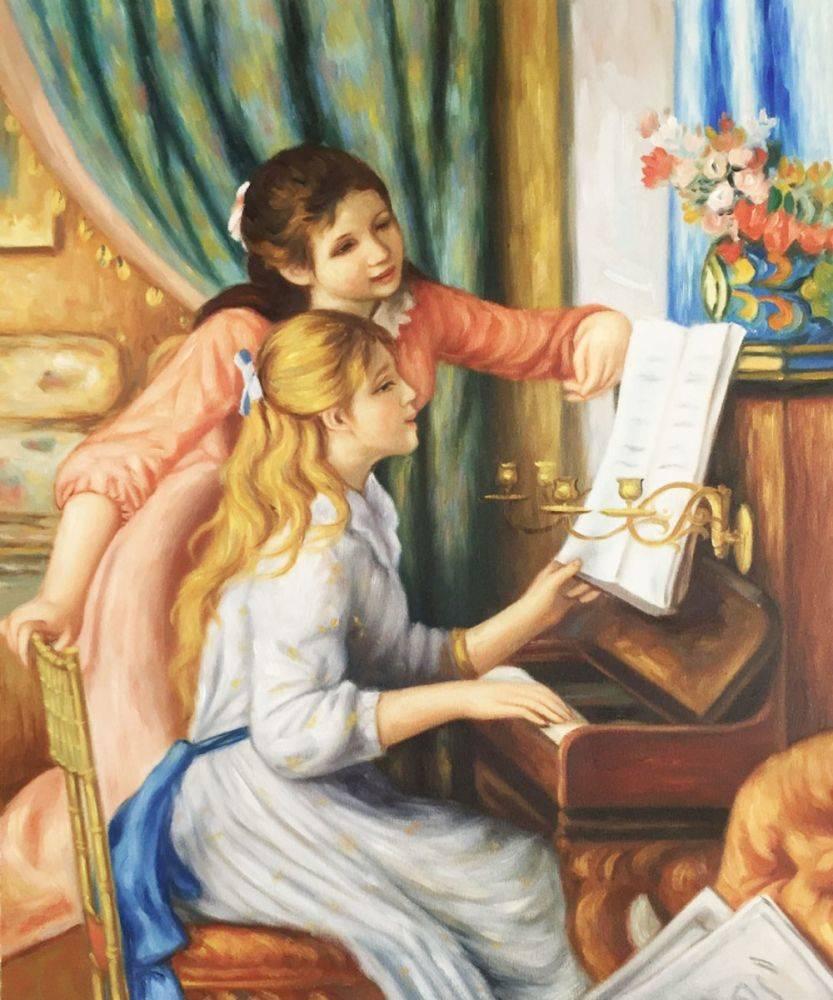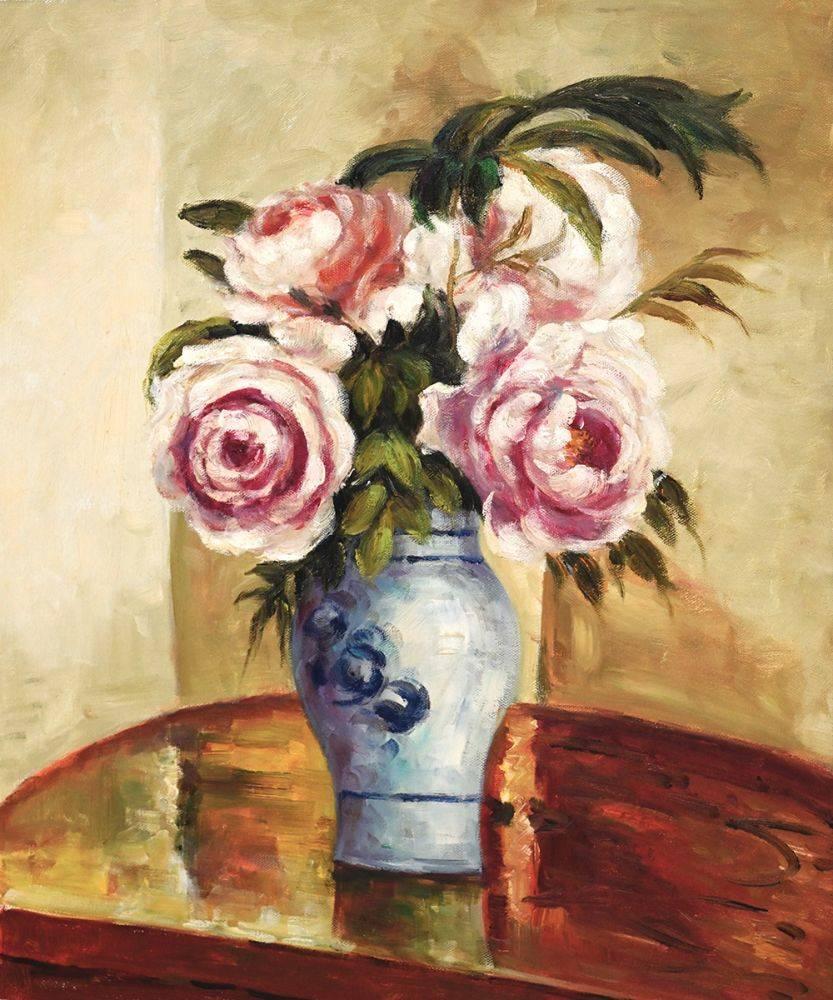Art
Art & Decor Trends
A Painting Symbolism Guide
One of the most beautiful things about art is that every individual can interpret the meaning of a piece in his or her own way. The same work of art could mean a million different things to a million different people. Many people who grow to greatly appreciate art do so because of the personal connections formed and derived from their own individual interpretations, regardless of the artist’s original intent.
That being said, an individuals appreciation for a particular piece can also grow upon learning the original intent and messaging the artist was trying to convey. One of the most effective ways of deciphering this original intent is by looking at the symbolism used within the painting itself. There are many commonly used symbols that go beyond the paint, symbols used to convey a deeper set of ideas, meanings or principles.
To help you make sense of such symbolisms, here is a short guide to help decipher some of the most commonly used symbols in art.
Heart pierced by an arrow: Symbolized how love is both pleasurable and painful.
Heart: Stems from the old belief that the heart is the spiritual center of our emotions, love in particular. A heart symbol is used to replace the word love.
Red: Red is often used to carry meanings of love and passion.
Honeysuckle: A symbol of love and generosity.
Black Birds: (Crows, Ravens, Etc. ) These birds typically symbolize death and destruction.
Scythe: A scythe (more commonly known as a sickle) is a curved, sharp blade at the end of a long handle. It represents death as it originates from pagan harvest ceremonies where living crops were cut down using it.
Cypress Tree: Commonly used as a graveyard planter as it is believed to preserve bodies.
Daisy: A white daisy is a symbol of innocence.
Clover leaf: Three leafed clovers typically represent the Holy Trinity (Father, Son, and Holy Spirit). Four leafed clovers represent luck.
Sunflowers: As a flower which blindly follows the sun, sunflowers have become a symbol of infatuation or foolish passion.
Bamboo: Bamboo is a symbol for longevity as it always has green shoots. It also symbolizes strength and grace, for it bends but does not break easily.
Carnation: A symbol of engagement or intimate relationship.
Juniper: Juniper has multiple forms of symbolism. One, it symbolizes chastity because juniper berries are protected by thorny leaves. Two, it symbolizes Christ (crown of thorns), and Three…it symbolizes eternity for juniper wood is rarely attacked by bugs & worms.
Lotus: The lotus symbolizes birth and rebirth. It is also a symbol for creation, fertility and purity. The long stem symbolizes our connection to our origins, while the flower represents aspirations toward enlightenment.
Violet: Symbolizes humility, faithfulness and chastity.
Orchid: A symbol of perfection.
Poppy: A symbol of death.
While this guide provides you with the many common forms of symbolism, there exist many thousands. These may start you on your path toward gaining the artist’s intent, but an accurate understanding can only be found by taking in the entire work as a whole…and even then…often times artists will purposely leave some components up for audience interpretation. For this, we should be thankful. Sometimes it’s best to let our imaginations run toward infinite, when each view opens the door toward new possibilities.



